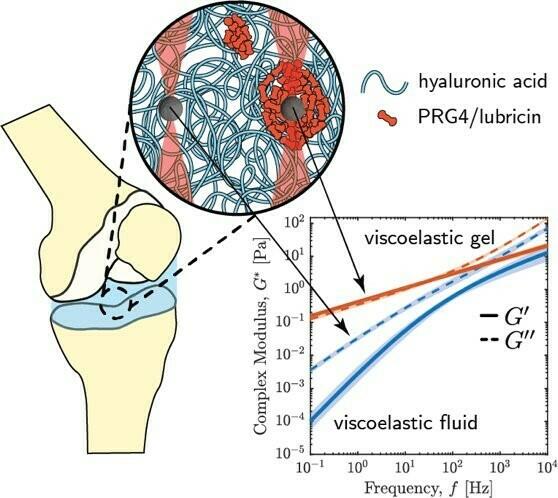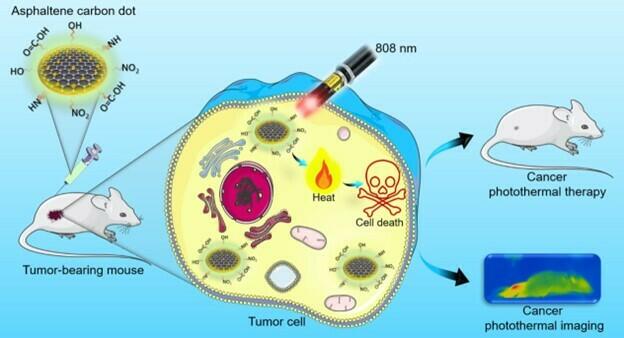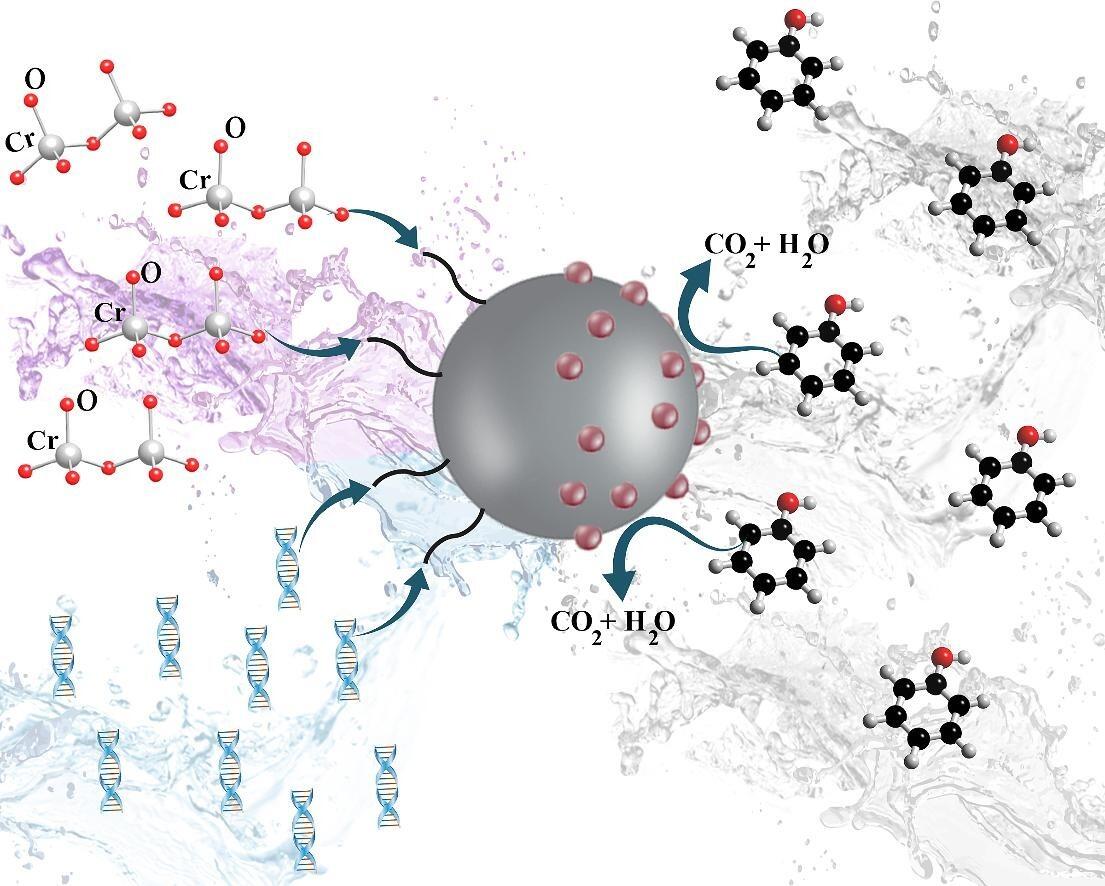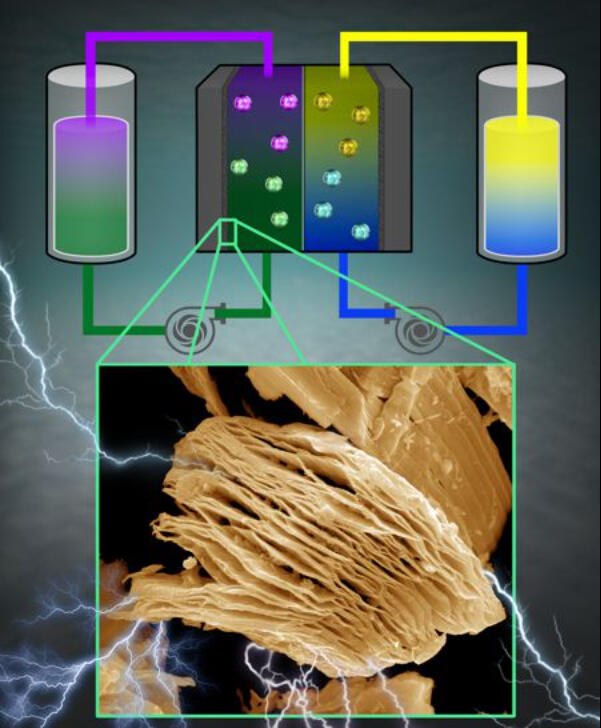Research area: Advanced materials and interfaces
This cluster is leading the development of novel materials and engineered interfaces to enhance performance and advance sustainability of technologies for energy, water and health applications.
Research sub-areas
Advanced characterization techniques
Development of tools to discover structure-properties relationships. Examples are in situ and operando confocal microscopy, active and passive micro-rheology in bulk and at interfaces, small angle light scattering coupled with microfluidics, quartz crystal microbalance with dissipation coupled with in-situ electrochemistry, in-situ and operando x-ray tomography of electrochemical cells.
Faculty members: Giovanniantonio Natale, Mayank Sabharwal, Milana Trifkovic, Qingye Lu, Hossein Hejazi

Blowing bubbles can be very useful! We developed a simple and scalable ex situ preparation of centimeter-scale ultrathin hydrogel coatings via omnidirectional stretching (blowing bubbles). Nanoscale, 2023, DOI: 10.1039/D3NR02821F.
Materials for biomedicine
Material design for biomedical applications present unique challenges of simultaneous control of surface chemistry, size, and application-specific property to ensure biocompatibility, biological transport, and bio-response.
Our cluster of researchers are developing a variety of advanced materials including: nanoparticles for drug deliveries, quantum dots for biomedical images, biocompatible hydrogels for bio-glues and tissue engineering.
Faculty members: Gemma Lu, Giovanniantonio Natale, Jinguang Hu, Kunal Karan, Milana Trifkovic, Hossein Hejazi

Synovial fluid reduced friction between the articular cartilage during movement microrheological characterization provides new insights in his lubrication properties. Martin‐Alarcon, L., Govedarica, A., Ewoldt, R. H., Bryant, S. L., Jay, G. D., Schmidt, T. A., & Trifkovic, M. (2023). Small, 2306207.

Asphaltene derived quantum dots are a high value product from waste. Here, asphaltene quantum dots are designed for photothermal imaging and tumor-therapy.
Materials for chemical separation
Longstanding challenges in material development for chemical separations are simultaneous control of morphology and surface chemistry to achieve superior transport and high selectivity while mitigating fouling.
We are designing different classes of materials for chemical separation including aerogels, membranes, janus nanoparticles for different applications such as wastewater treatment, CO2 capturing and energy storage/conversion.
Faculty members: Anne Benneker, Giovanniantonio Natale, Jinguang Hu, Milana Trifkovic, Qingye Lu, Hossein Hejazi

Self-assembly of colloidal particles is important for advanced coatings and sensor applications. We developed a novel fast self-assembly process performed via a photonic approach. Moghaddam, R. K., Bhalla, N., Shen, A. Q., & Natale, G. (2021). Journal of Colloid and Interface Science, 603, 259-269.

Magnetic janus particles offer significant possibilities for the effective removal of several components from aqueous solutions. We show that our design can simultaneously remove chromium (VI) and phenol from aqueous solution. Habibi, S., Bautista, M. A., Bryan, S., Shor, R., & Natale, G. (2024). Journal of Colloid and Interface Science.
Materials for electro/photo chemical energy conversion and storage
A common challenge in material development for electrochemical and photochemical systems is striking the balance between high activity and long-term stability.
A range of innovative materials are being developed to meet this challenge for clean energy systems, such as batteries, fuel cells and electrolyzers. This includes development of catalysts, quantum dots, and electrolytes, as well as the study of electrochemical interfaces and electrode structures.
Faculty members: Edward Roberts, Kunal Karan, Mayank Sabharwal, Md Kibria, Milana Trifkovic, Hossein Hejazi

Two dimensional materials such as mxene and graphene offer the promise of enhancing the performance of flow batteries, which are suitable for large scale energy storage.
Multifunctional nanomaterials for emerging technologies
Cost-effective scale-up of multi-functional nanomaterials is essential for their widespread adoption in commercial applications.
Our group of dedicated researchers are focused on unconventional as well as traditional fabrication methods to deliver tailored nanomaterials possessing application-specific functionality. Examples include: 2D materials synthesis (electrochemically exfoliated graphene, MXene), nanocomposites for EMI shielding, and 3D printing of hybrid materials.
Faculty members: Giovanniantonio Natale, Jinguang Hu, Milana Trifkovic, Qingye Lu, Hossein Hejazi

Fluid-fluid interfaces can be engineered with particles. Here, we designed 2D Cu metal–organic framework (MOF) that are amphiphilic in nature for water treatment applications. 2D and 3D metal-organic framework nanosheets at the oil/water interface: a case study of copper-benzenedicarboxylate. Advanced Materials Interfaces 2019, 6(2).

Hydrogel-based absorbers are useful for removing pollutants, however, their synthesis can be difficult to scale-up. We developed a simple in-situ method of synthesizing zeolitic imidazolate framework 8 (ZIF-8) in a polyacrylamide (PAM) hydrogel using a zinc hydroxide PAM composite as the precursor. Advanced Materials Interfaces 2019, 6(10).
Expertise
Design and manufacturing of multiscale materials
Engineering of active interfaces
In-situ and operando characterization
Synthesis of nanomaterials
